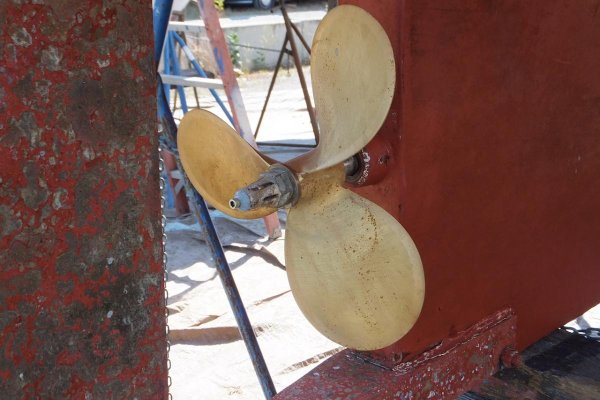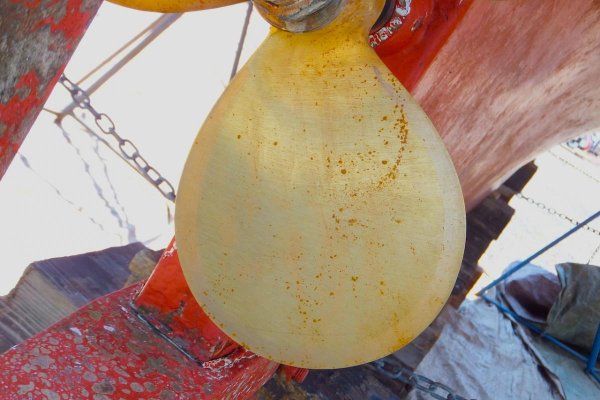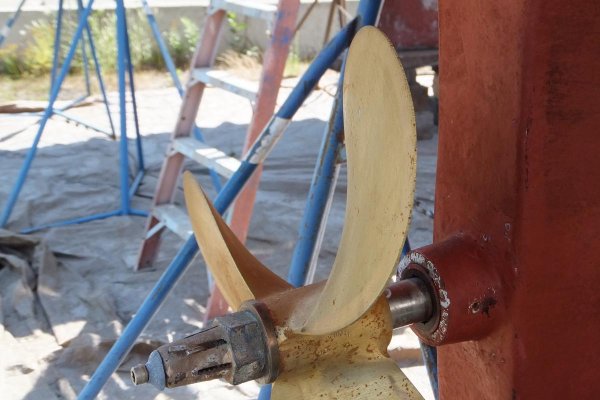Sidclark
Senior Member
- Joined
- Jan 11, 2018
- Messages
- 220
- Location
- us
- Vessel Name
- Jubilee
- Vessel Make
- Marine Trader 36 Sundeck
My MT36 has the Ford Lehman 135 with a WOT of 2500 rpm. I can only get 2300 rpm. Boat has a clean bottom and a four blade prop. At 2000 rpm I'm at 7 knots. This sounds a little slow to me. I'm trying to figure why the PO would set the boat up like this. Is there some advantage somewhere? Should I worry about 200 rpm? There is a three blade spare onboard, but not sure the diameter or pitch. I assume it's a stock prop. Does anyone know the stock diameter and pitch? I may just put the spare back on if it's called for...




